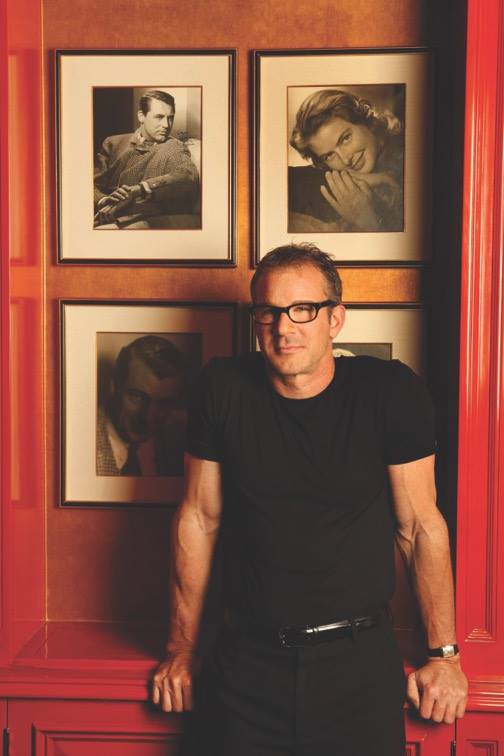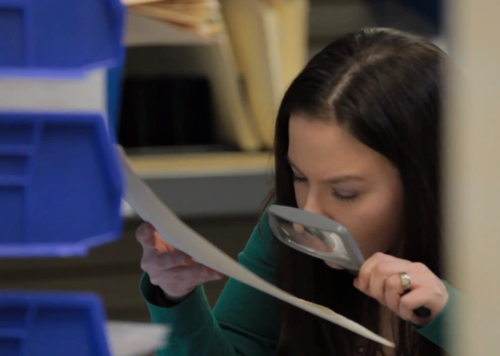Kath at RR here. I was recently thinking about planning estate sales, and was reading about Döstädning, or the Swedish phenomenon known as “death cleaning.” It’s not as morbid as the translation makes it. The term simply refers to the process of older adults getting their personal belongings in order, to alleviate the often overwhelming task survivors are sometimes faced with upon their loved one’s demise. You can read about it via author and artist Margareta Magnusson. It’s akin to the Japanese version of cleaning up touted by author Marie Kondo.
The purging may include differentiating family heirlooms from junk, downsizing to a smaller home, or basic organizational streamlining of daily life. Decluttering and taking stock of what’s important can guarantee your grieving family won’t be left with an onerous, and possibly confusing, responsibility of making those decisions on your behalf.
Whether or not you or your loved one did their due diligence of Döstädning, trying to decide what to keep and what to let go – and how, and where, and when – can be fraught with concerns both emotional and financial when planning estate sales.
An estate sale, or selling a private collection or special rare item a loved one cherished, can be made easier by planning ahead.
Honoring the collection
Here at RR Auction, we’ve helped many families share their loved one’s cherished items. We appreciate the opportunity to curate collections lovingly built over the course of a lifetime. We honor the collector’s passion by getting these items into the hands of others who consider them just as significant.
We’ve compiled our Top 5 tips for planning estate sales and selling estate/private collections, and how to make it easier on you:
- Do the Döstädning. Separate the wheat from the chaff while you’re still here, so your family won’t have to figure it all out later. If you’re the family, encourage this to happen ahead of time.
- Organize, label and provide provenance for your valuables and collectibles. Again, filing and protecting important receipts and documents that prove an item’s worth can make the difference between selling a collection or rare item, and not. Learn more about provenance here.
- Take good photos. We take excellent in-house photos when we curate collections, but you’ll need them first to show us what you’ve got. Pay attention to lighting, clarity, and showing scale.
- Research. It’s important to know what your loved one’s collection is worth. Does it have historical significance? Are the items rare or unique? What is the market for the items? Have items like this sold in the past? RR Auction can help you with a free online appraisal.
- Partner with a trusted auction house. We have been entrusted to present many lifetime specialty collections, including Bill Lende’s space collection, the Tom Gregory Hollywood compendium (that’s him in the photo, above), and Raleigh DeGeer Amyx’s incredible presidential artifacts.
In addition to planning estate sales ahead of time, we also recognize there is sometimes an immediate need to sell a large collection, a loved one’s estate, or a single high-ticket item. That’s why RR Auction offers the option of private outright sales for qualifying items/collections. You don’t need to wait for your items to be sold at auction; we can offer immediate, substantive cash payouts.
But first: the life-changing magic of cleaning up. Time to visit my parents…


